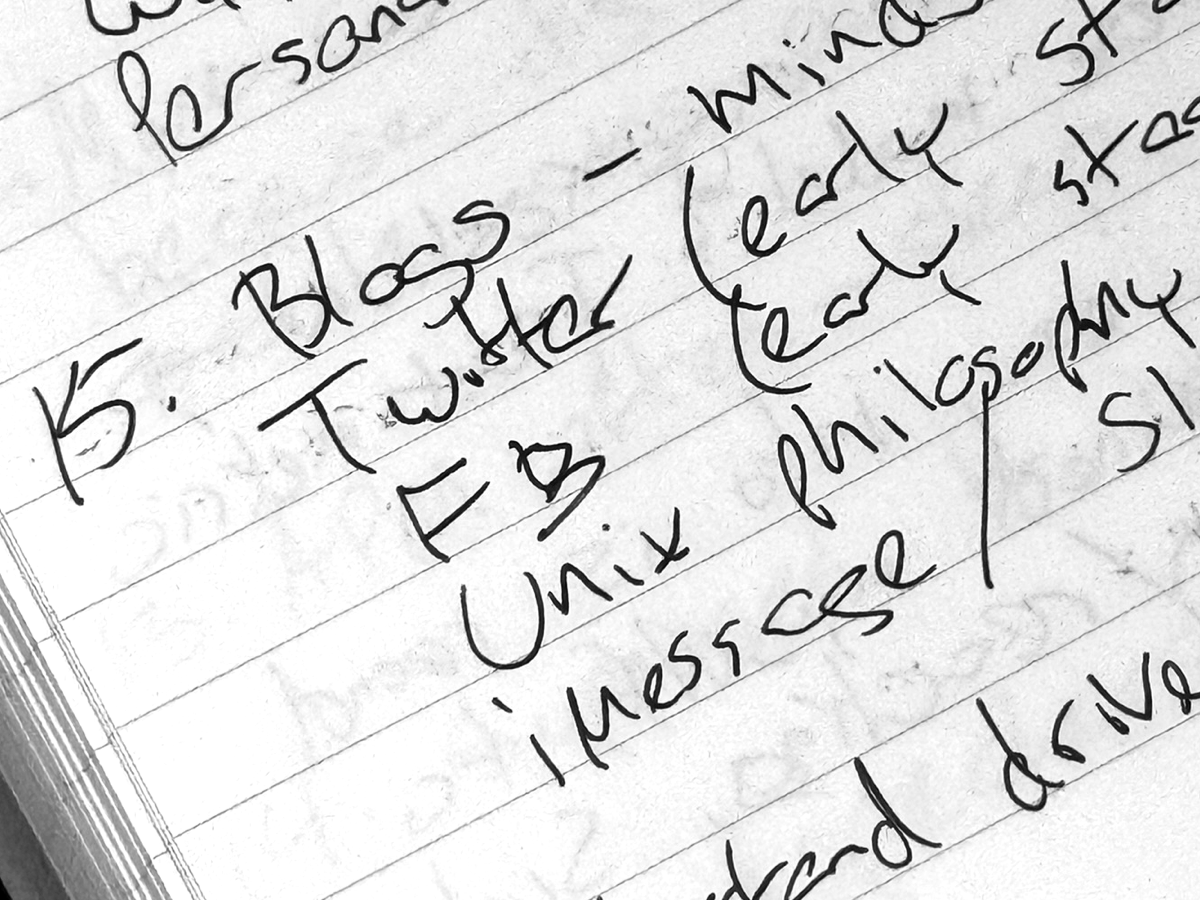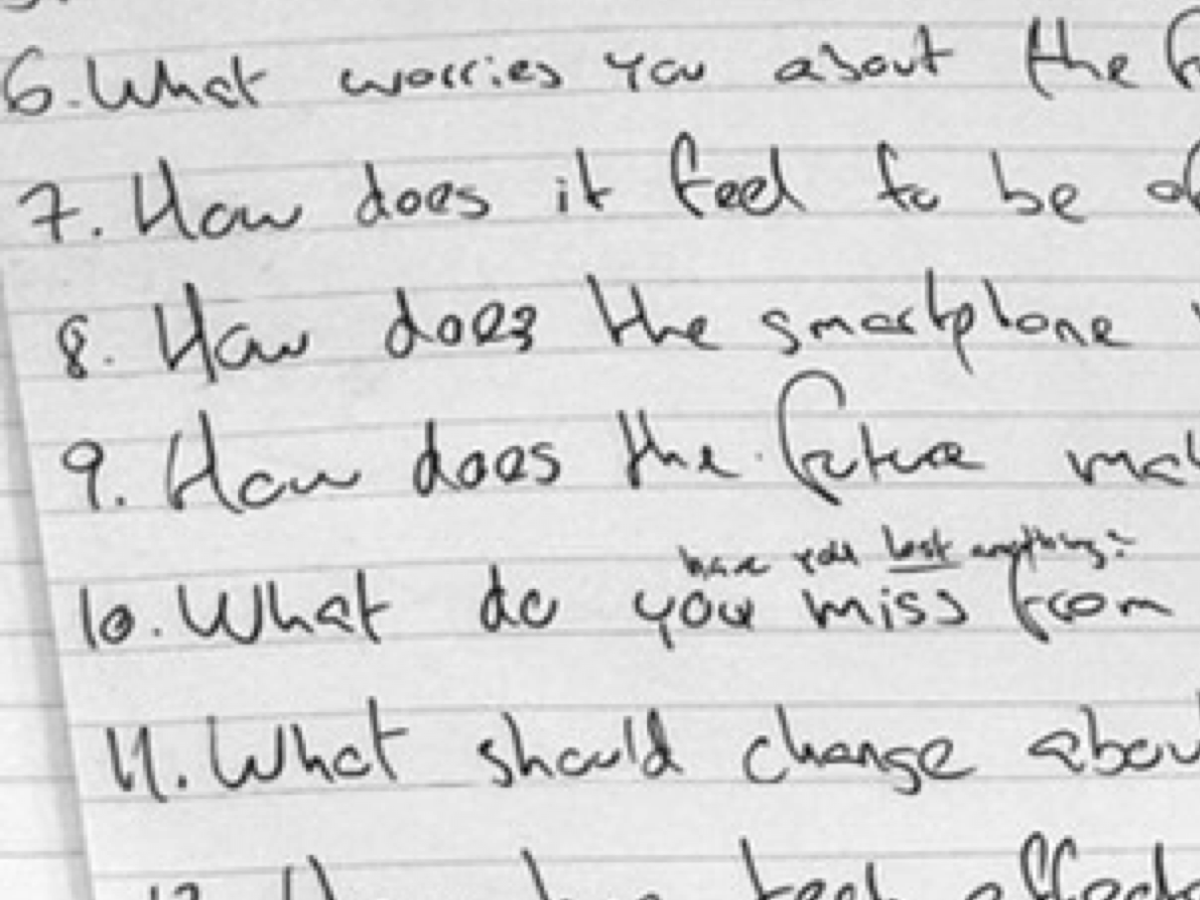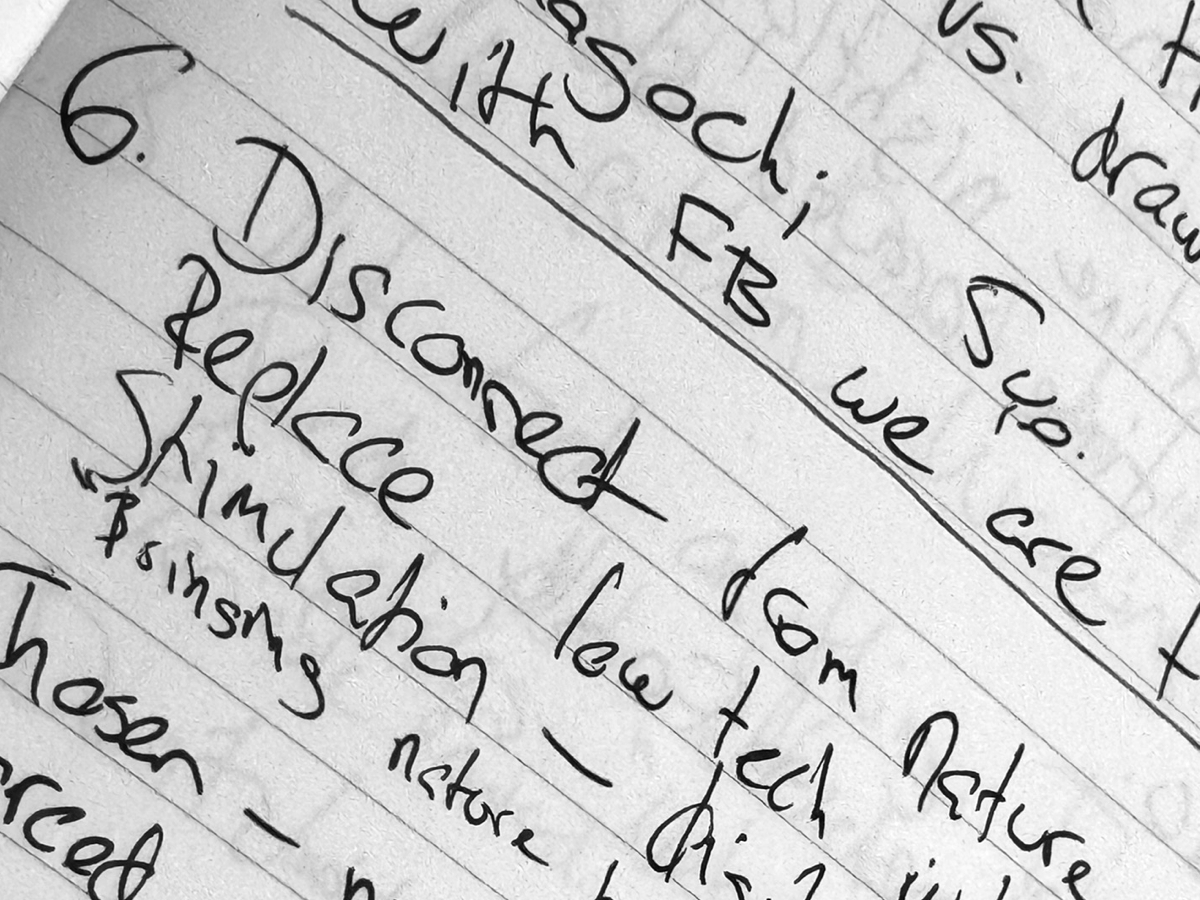Without a doubt, the most cited technology making subjects more connected to others is WhatsApp, followed by Instagram, and other social media and the smartphone in general. The vast majority of subjects spontaneously name the above technologies, primed from having spoken extensively about media in previous questions.
Internet communication represents 90%+ of answers, including video conferencing, messaging, chatrooms, forums, memes, groups, finstas, digital photos, blogs and specific services like Netflix, iMessage, AirPods, Find my Friends, TicketSwap and Tinder. Every conceivable facet of digital communication has been mentioned, with emphasis on group communication alongside 1-to-1 tools.
Within digital communication tools, virtual reality technologies deserve a mention, including VR chatrooms, location-based entertainment and augmented reality technologies like projection mapping. The virtual does not detract from social experience.
Outside digital communications, many cite music in all its form as creating a shared sense of connection. Loudspeakers, instruments, concerts – all partake in synchronizing emotions and leading to interpersonal connection.
The socialized mind, or shared knowledge between members of our species is cited through technologies like books, language, writing, letters, art and even body language and hormones. Social technologies like theater, trains, bars, coffee and restaurants are perceived as binding.
A significant minority of respondents reject the notion that technology even could lead to connection, claiming unmediated human-to-human exchanges represent genuine connection, and that all virtual channels are inferior.
They would not be wrong, as digital communication of all sorts affect the message, by virtue of its encoding and decoding processes. Whether textual, videographed or virtually modeled, each medium imposes protocols for how communication takes place. This starkly contrasts with real-world encounters in which we share an environment, eye contact, pheromones and other non-verbal communication methods, allowing deeper rapport between people.
The physical environment is limited to shared time and space whereas the virtual allows for shifts in all dimensions. The distant becomes proximate, the remote becomes immediate. Therein lies the treacherous nature of all media, digital communications, in how it flattens all distances to arms length, reducing all hierarchies by connecting all nodes. Everything is here now. While the distant is brought close, does the proximate recede, as all digital relationships are fundamentally equidistant, or flat. The natural hierarchy of physical order is reduced, putting all conversations into identical molds, framing the infinite complexity of human communication into binary choices – devoid of tone and nuance.
Internet language optimizes for speed and reach as seen with memes and clickbait. Accelerated through rapid feedback loops and algorithmic newsfeeds, native online vernacular overpowers older, less dynamic media. This reinforces recency bias, in which we give disproportionate value to new rather than old information, which in turn emphasizes our perception of acceleration.
By embracing slow, deliberate, human, present communication with others, we succeed in resisting the changes imposed by digital communication tools. Not by excluding them, but by embracing their distinctly digital abilities in order to enrich the physical. By coordinating offline encounters online, by leveraging one with the other. The technology making us feel more connected to others is the one we use for connecting with others – regardless of medium.



